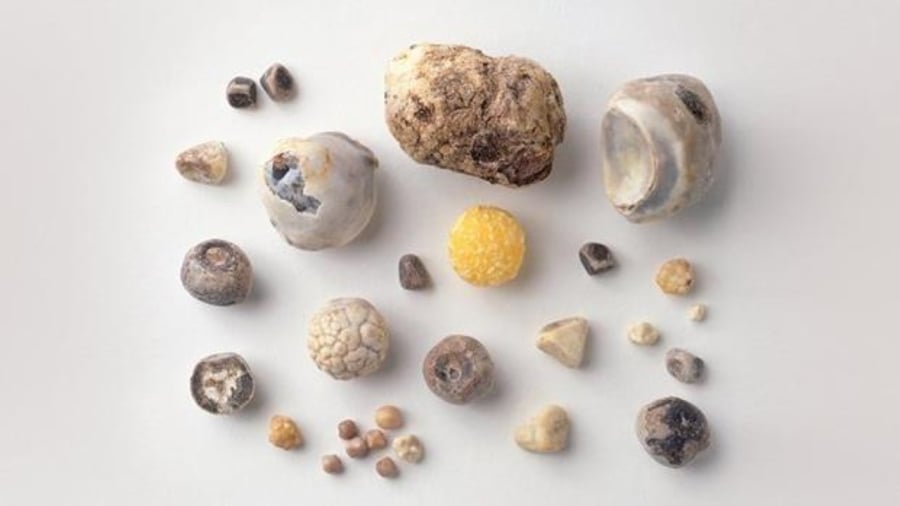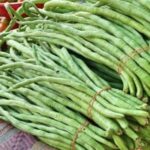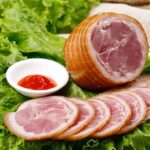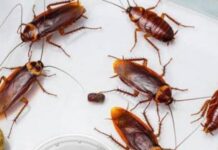The gallbladder, a small organ located in the upper right abdomen, primarily functions to store bile, a fluid produced by the liver to aid in fat digestion.
The kidneys are also vital organs as they filter waste and toxins from your blood, converting them into urine.
If you don’t pay attention to your diet and that of your family, stones can form in these organs. These stones can vary in size, some as small as sand grains or beans, while others may be as large as a golf ball.
Although they are both types of stones, there are differences between gallstones and kidney stones.

If you don’t watch your diet and that of your family, stones can form in these organs. (Illustrative image)
What are Gallstones?
According to Dr. Rajan Dhingra, an Indian gastroenterologist, gallstones are hardened deposits that form in the gallbladder, located below the liver.
They usually form when bile, which aids digestion, contains too much cholesterol or bilirubin.
Other contributing factors to gallstone formation include obesity, rapid weight loss, a high-fat diet, and medical conditions such as diabetes and liver disease.
The following are symptoms of gallstones:
– Severe abdominal pain, especially in the upper right quadrant
– Nausea
– Vomiting
– Jaundice.
What are Kidney Stones?
Kidney stones are hardened deposits that form in the kidneys, usually comprised of minerals such as calcium, oxalate, and uric acid. These stones can cause intense pain as they pass through the urinary tract.
Kidney stones form when urine contains high levels of substances like calcium, oxalate, and uric acid, which can crystallize and form stones.
Obesity, dehydration, excessive intake of salt and animal protein, as well as medical conditions such as hyperparathyroidism and urinary tract infections, can increase the risk of kidney stone formation.
Symptoms of kidney stones include:
– Severe pain in the back, abdomen, or groin
– Frequent urination
– Blood in the urine.
What are the Similarities Between Gallstones and Kidney Stones?
According to a 2014 study published in the International Medical Journal QJM, scientists found that gallstones could increase the risk of developing kidney stones.
The researchers followed 25,258 people with gallstones (54.5% women) and 101,029 patients without gallstones. They discovered that the risk of developing kidney stones was 1.68 times higher in those with gallstones compared to those without.
Here are some similarities between gallstones and kidney stones:
1. Stone Formation
Both gallstones and kidney stones form from crystallized substances in the body, such as cholesterol in the case of gallstones and calcium, oxalate, or uric acid for kidney stones.
2. Intense Pain
Both conditions can cause severe pain in different parts of the body.
3. Dietary Influence
The formation of both gallstones and kidney stones can be influenced by dietary factors, such as a high-fat diet for gallstones and a high intake of salt and animal protein for kidney stones.
4. Complications
If left untreated, both conditions can lead to complications, including infections or obstructions in the urinary or bile ducts.
5. Surgery
In severe cases, both gallstones and kidney stones may require surgical removal if they cause significant symptoms or are particularly large.
What are the Differences Between Kidney Stones and Gallstones?
While there are some similarities, there are also distinct differences between kidney stones and gallstones.
1. Location
The two types of stones form in different organs. Gallstones form in the gallbladder, while kidney stones form in the kidneys.
2. Symptoms
Gallstones typically cause abdominal pain, nausea, and jaundice, whereas kidney stones manifest as pain in the abdomen, groin, or back, frequent urination, and blood in the urine.
3. Composition
Gallstones mainly consist of cholesterol or bilirubin, whereas kidney stones comprise minerals such as calcium, oxalate, or uric acid.
4. Risk Factors
Risk factors for gallstones include obesity, rapid weight loss, and a high-fat diet, while kidney stone risk factors include dehydration, a diet high in salt and animal protein, and medical conditions such as hyperparathyroidism.
5. Treatment Options
Treatment options for gallstones may include medication to dissolve the stones or surgical removal of the gallbladder. In contrast, kidney stone treatment options can involve pain management with medications like NSAIDs, increasing fluid intake, or procedures such as stone fragmentation or surgical removal.
Diet plays a crucial role in preventing the formation of these stones, so be sure to maintain a balanced diet and encourage your family members to do the same.
The Man Who Discovered a Dangerous Illness: A Warning Against Common Eating Habits
“A routine check-up revealed a startling truth for this man. His kidney health was in jeopardy, and the doctor’s stern warning shed light on a common mistake. Unbeknownst to many, their dietary habits could be silently harming their kidneys. This story serves as a stark reminder that even the most subtle lifestyle choices can have significant consequences on our health.”






































